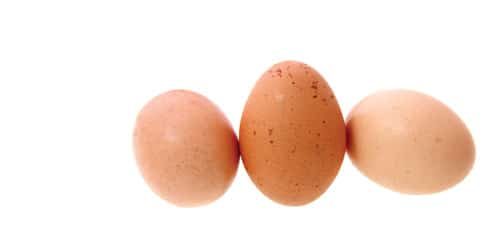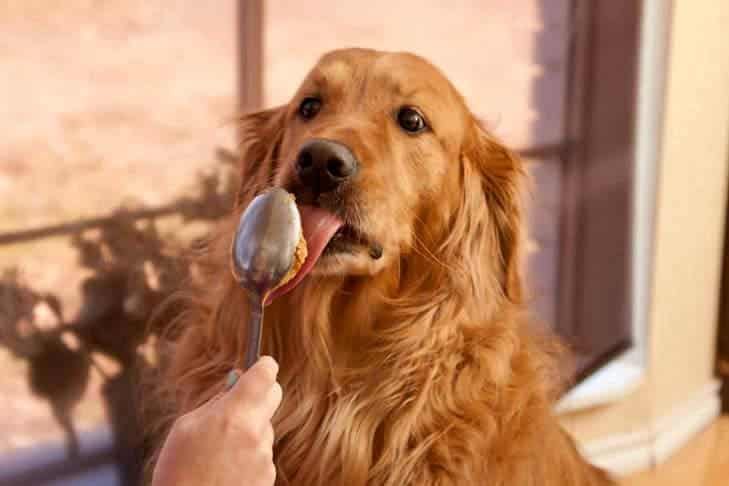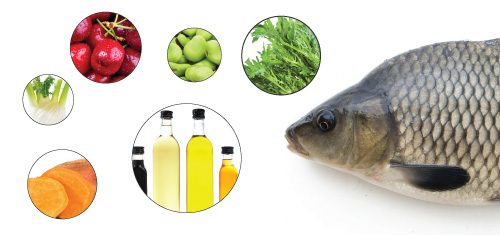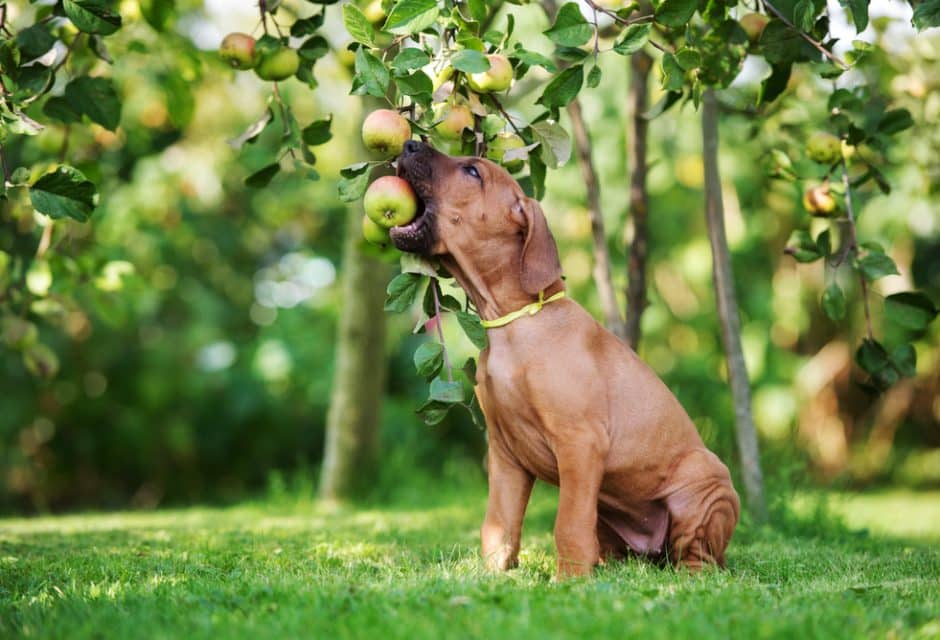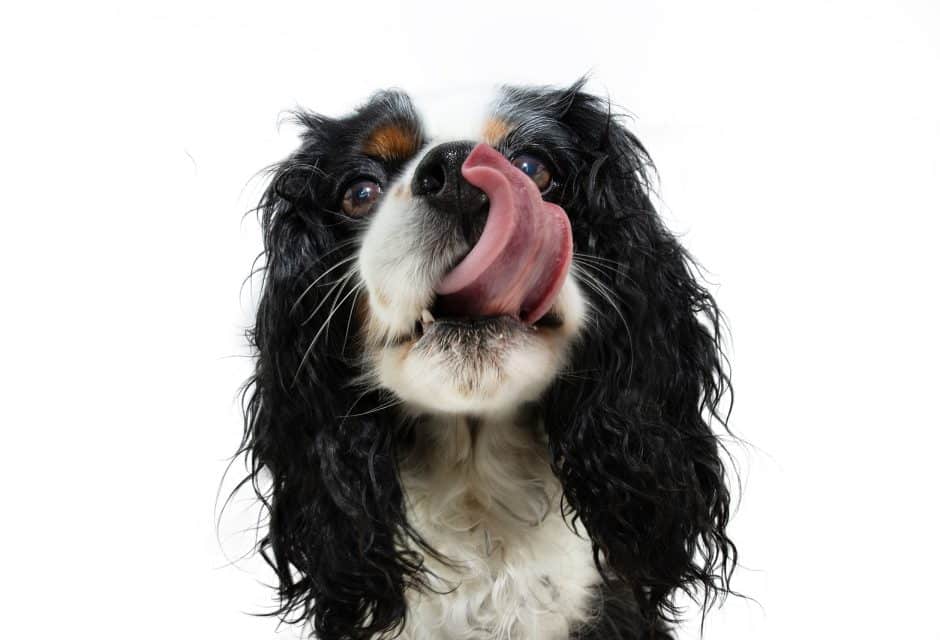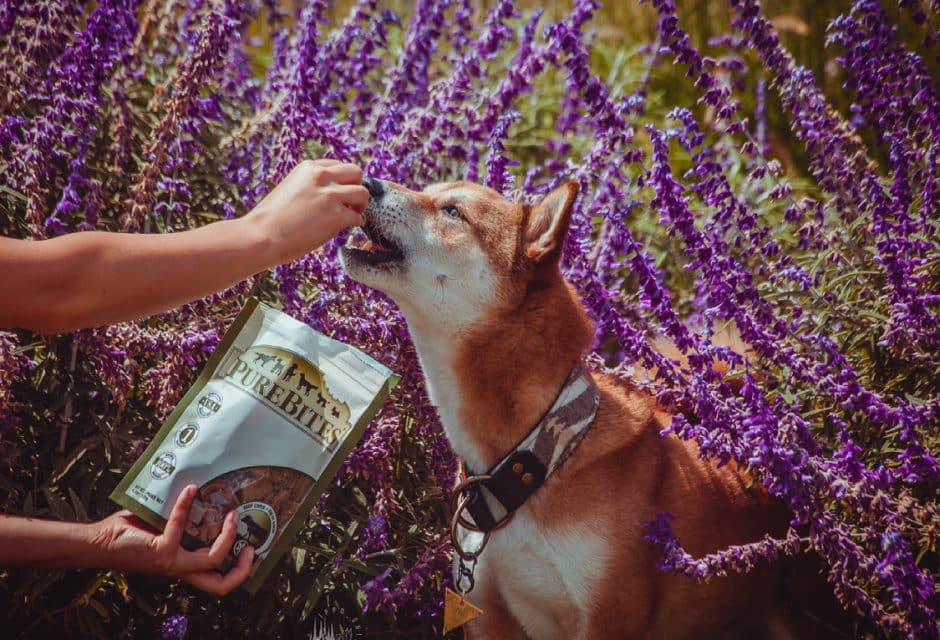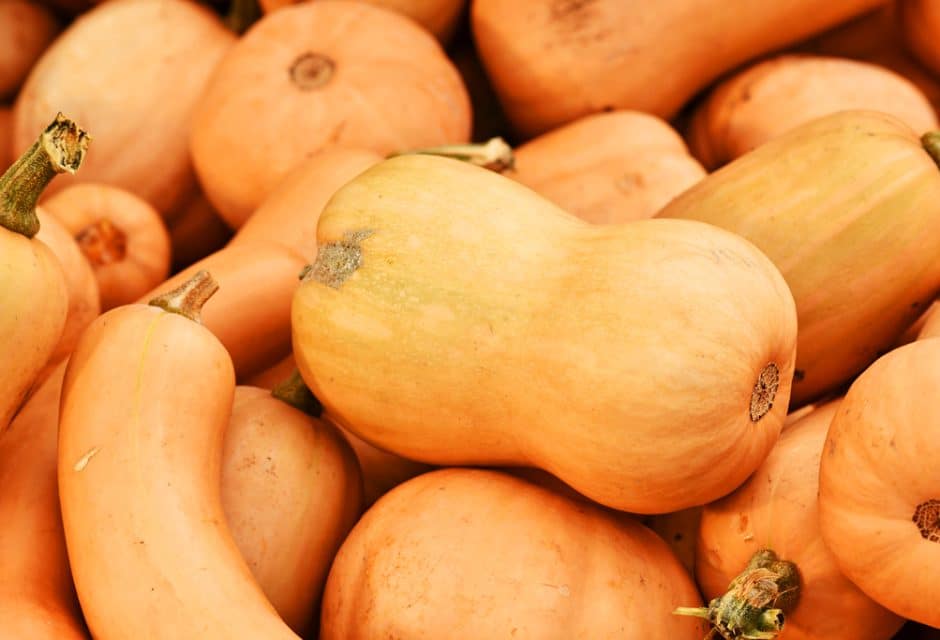
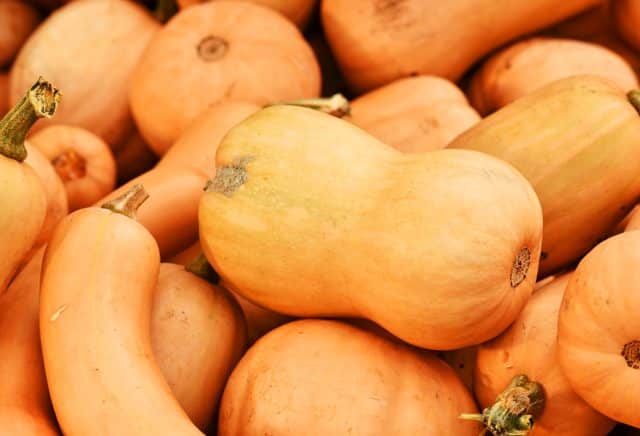
10 Human Foods to Share With Your Dog
10 people foods you can give your dog
Wanting to find more people food that is safe for your dog to eat? Here’s another 10 foods that are approved to feed your dog!
Does your dog beg for a taste of what you’re cooking, constantly eyeball the fridge or conveniently place themselves nearby at mealtimes?Don’t worry, we find it hard to resist puppy-dog eyes too. Make sure you know which foods are safe (and healthy!) to feed your dog from our list below.
As always, remember that any additions to your dog’s meals shouldn’t comprise more than 25 percent of her weekly caloric requirement.
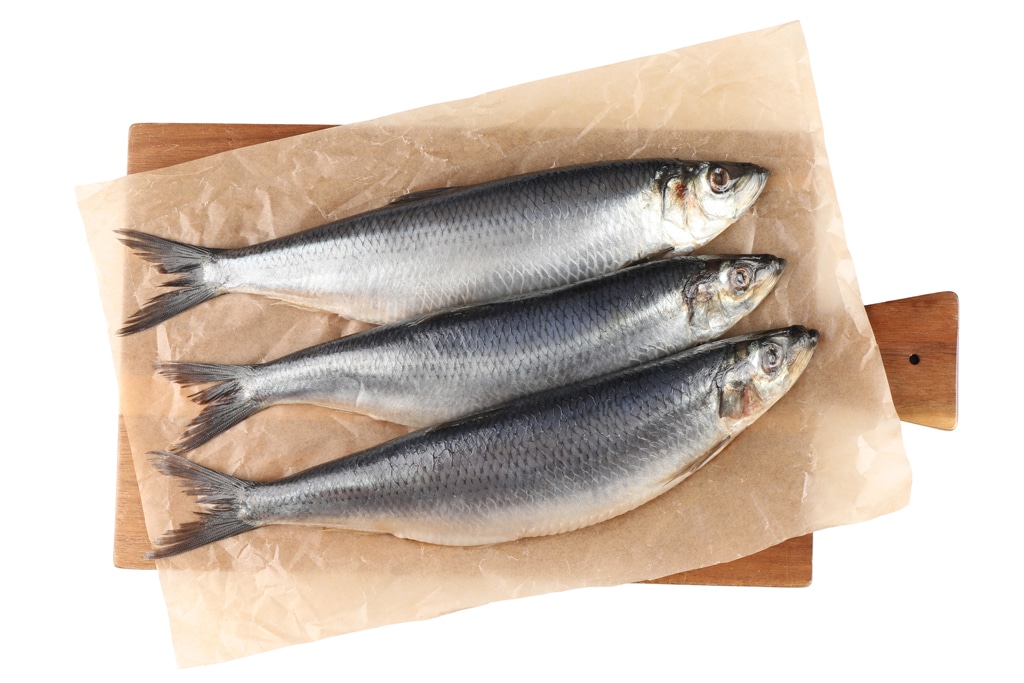
New-Africa/Bigstock
1. Herring. Cooked herring is a wonderful source of essential fatty acids (EFA). EFAs can be beneficial in skin and coat condition and they are thought to be beneficial for arthritic pets. Not only does herring contain a very high amount of these healthy fatty acids, they’re also a low calorie food that’s high in protein so your dog can have a guilt-free snack!
Make sure you’re always cooking fish before feeding it to your dog, since raw fish contains natural enzymes that can reduce your dog’s vitamin B intake. You can learn more about the concerns of raw fish for dogs here.
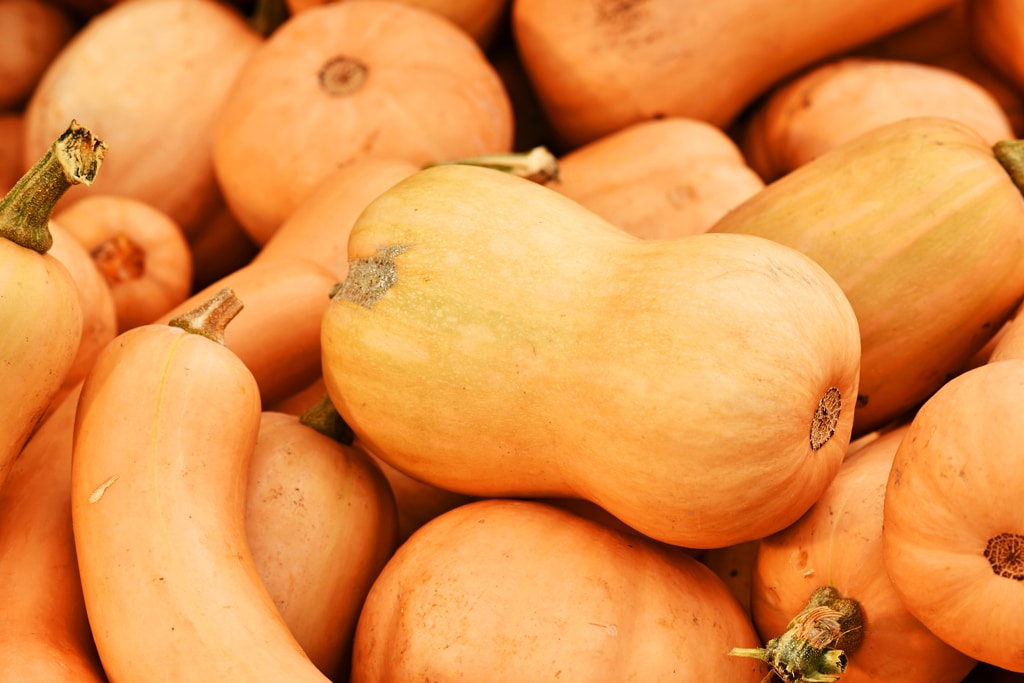
Firn/Bigstock
2. Squash. Squash is a tasty vegetable that is very high in beta carotene, which is beneficial for eyesight. A fun version that’s commonly used is spaghetti squash, which is shredded as a replacement for rice or pasta (a great grain-free option). Dogs also might not like the taste of squash on its own so try mixing a small amount with their regular food for an extra little treat to boost vitamins and fiber.
When feeding your dog any type of squash keep in mind that cooked squash is easier for your dog to digest, and that the skin and seeds should all be removed beforehand.
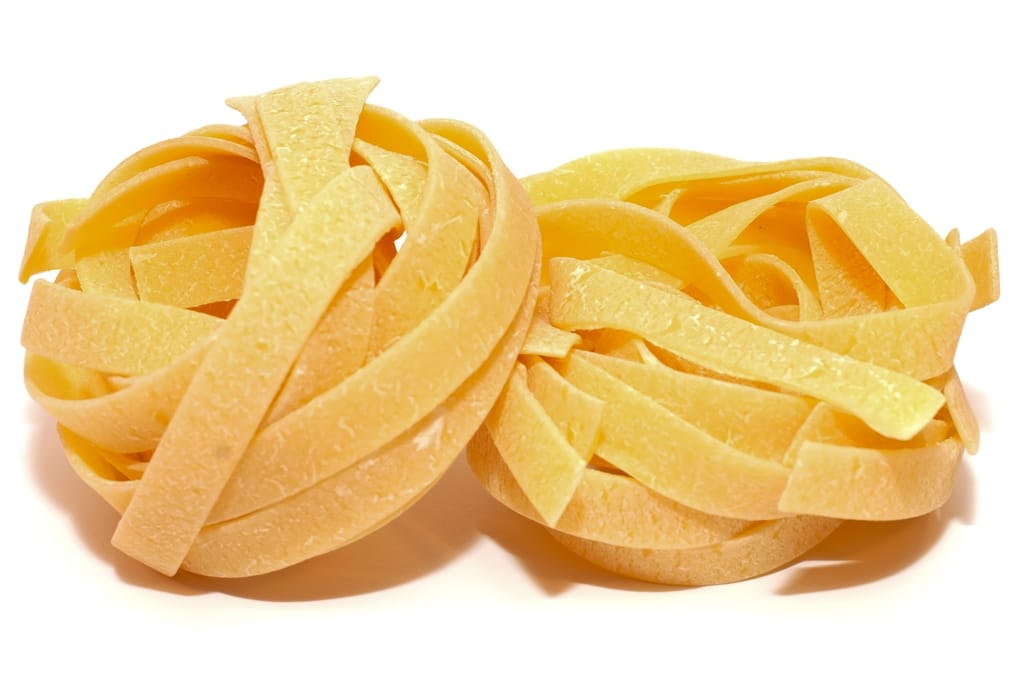
Magnifiko/Bigstock
3. Pasta. Plain, cooked noodles like penne or tortellini make a great treat. As long as your dog doesn’t have a gluten or wheat allergy, pasta is a good choice because it’s usually made with very simple ingredients like flour, water and eggs which are all good for dogs. Since pasta is high in carbohydrates, you should feed your dog in moderation to keep calories down and keep your dog at a healthy weight.
Cook a bit extra next time you’re making pasta for yourself and freeze it. Your dog will probably love pasta pieces straight from the freezer with that extra crunchy texture!
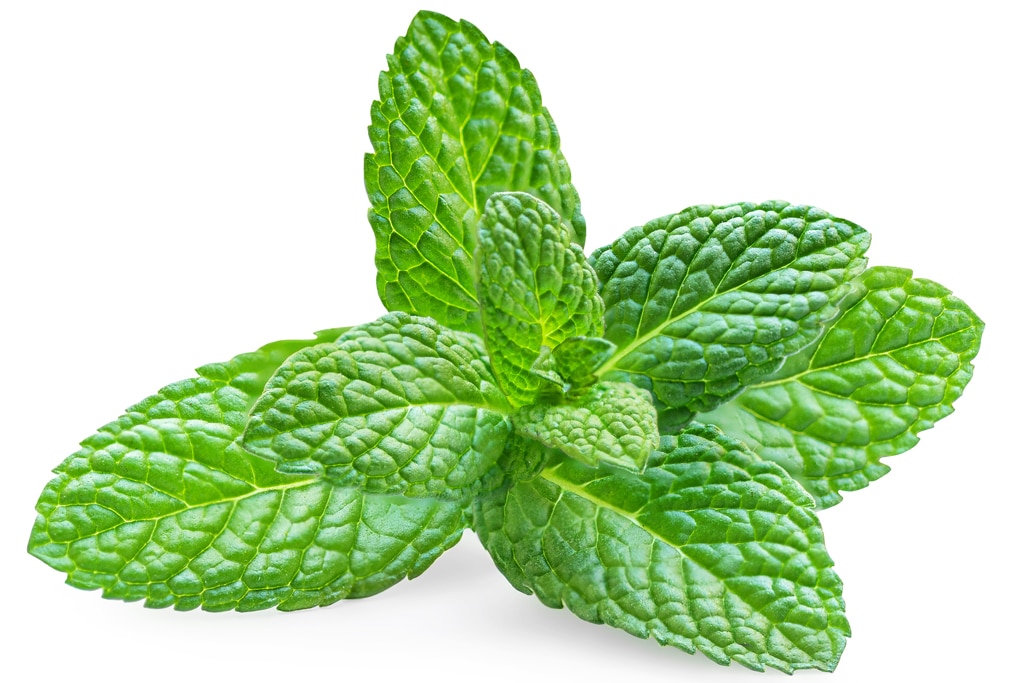
Natalia-Zakharova/Bigstock
4. Peppermint. Small amounts of peppermint extract or plant leaves can be included in dog cookies, but be cautious in feeding your dog peppermint leaves directly as they can be too strong and cause gastrointestinal issues. It is a strong-smelling herb so a little bit can go a long way.
Make sure that any peppermint products aren’t aren’t mixed with sweetners like Xylitol, which is toxic for dogs.
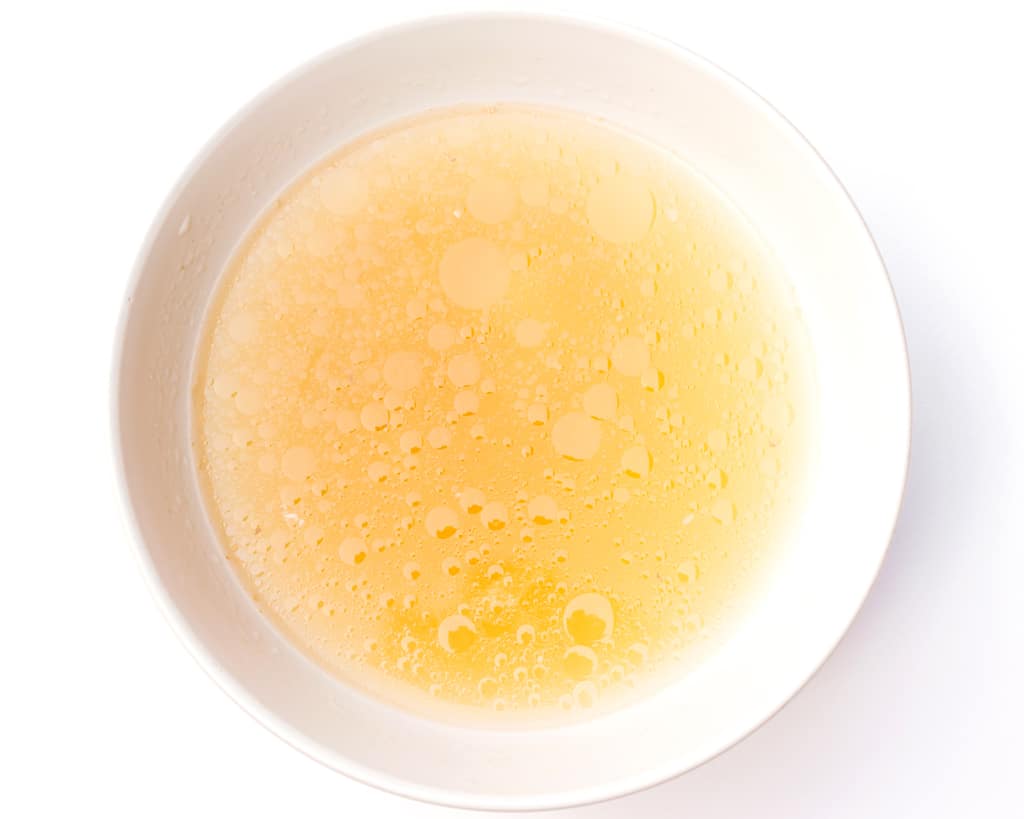
PJjaruwan/Bigstock
5. Chicken broth. Low-sodium, home-made chicken broth can be a great extra bonus to add to your dog’s regular meal, or can be mixed with kibble and frozen in a Kong to provide a long-lasting treat. Broth is nutritious, an excellent source of minerals that can help dogs feel better if they’re ill, and contains glycine which is great for detoxing the liver.
You can buy broth to feed your dog as well, but double check the ingredients are organic and without preservatives, seasonings or salt (even store bought soups that say low-sodium usually have more salt than recommended).
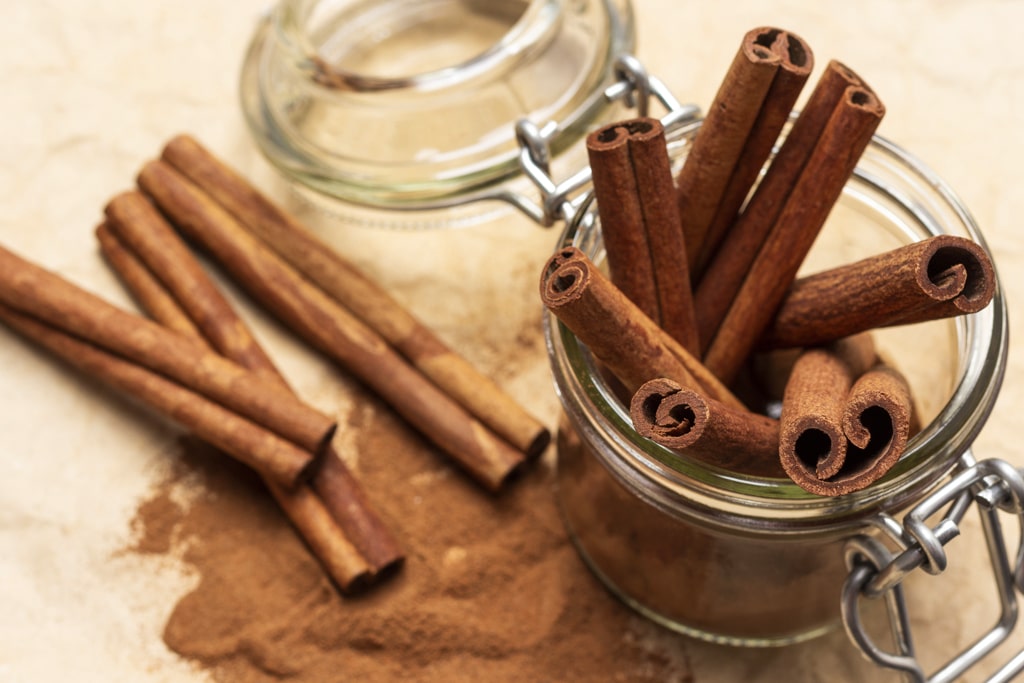
Olena_Ukhova/Bigstock
6. Cinnamon. Cinnamon is one of the most overlooked but beneficial spices when it comes to dogs (and humans!). Traditionally used for relieving cramp and gastrointestinal issues, studies are showing that cinnamon increases brain functioning, contains antioxidiants such as vitamin C, and also regulates blood sugar levels which is great for aiding dogs with diabetes. On top of all that, cinnamon is rich in an oil called eugenol which has excellent anti-bacterial & antiseptic qualities.
A great way to include cinnamon in your dogs diet is to spice up your dog’s cookies, or sprinkle up to ½ a teaspoon into their food (be careful the powder is well mixed in so it’s not accidentally inhaled).
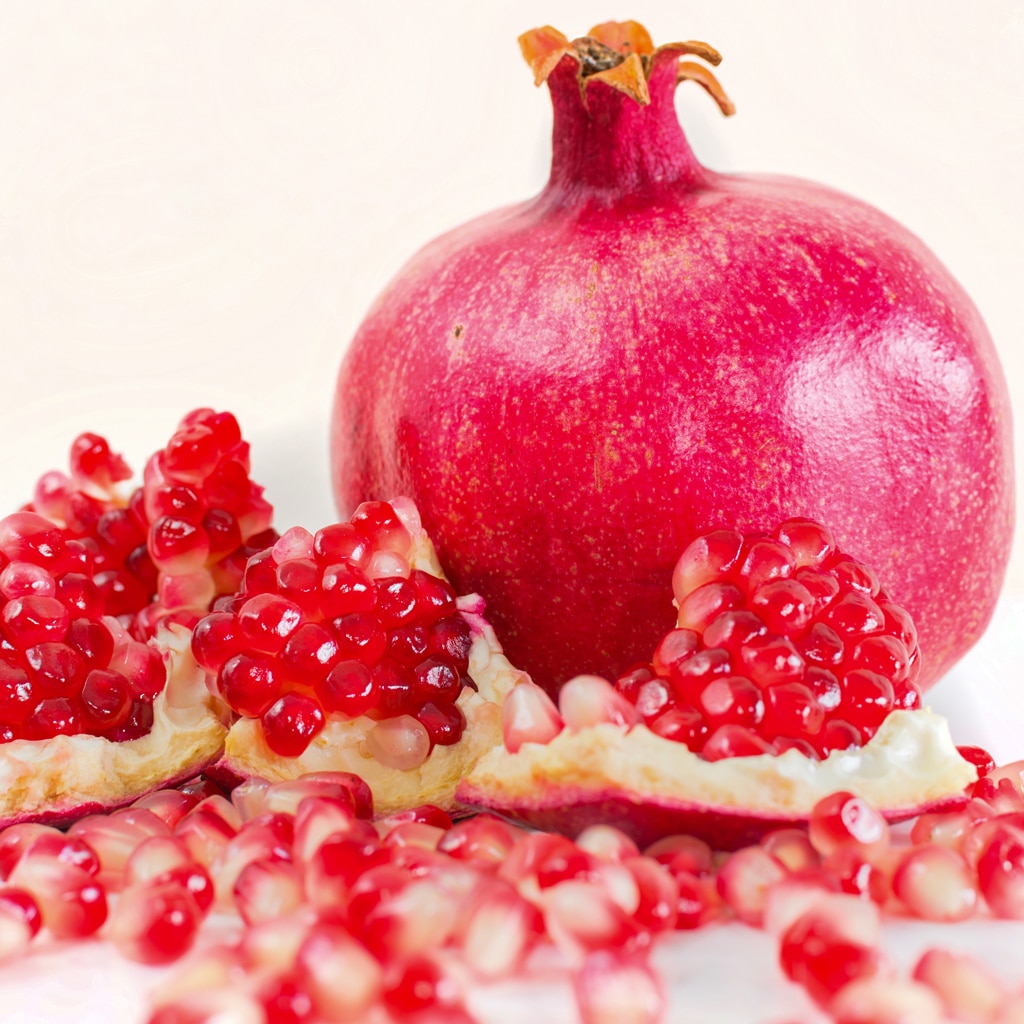
Marcela-Ruth/Bigstock
7. Pomegranate. High in antioxidants and vitamin C, pomegranate can be fed as a juice, extract or as the whole fruit for a healthy addition in a dog’s diet. Pomegranate is also high in compounds such as punicalagin and tannins which are found to be effective in reducing the risk of heart-diseases. The skin can be hard to digest, so make sure the fruit is peeled before giving to your dog, and only feed small quantities of pomegrate to dogs since large amounts can cause stomach upsets.
If your dog happens to eat an entire pomegranate, they might develop an upset stomach but it shouldn’t be necessary for a trip to the vet. Just watch for prolonged symptoms and be sure to keep your pup well hydrated.
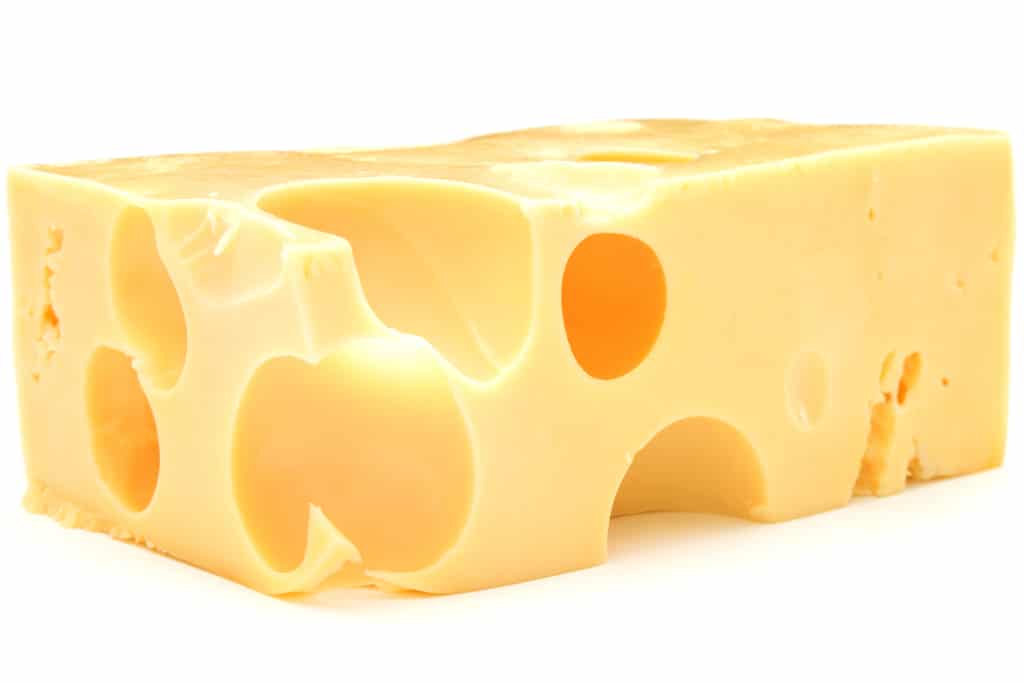
Alex-Staroseltsev/Bigstock
8. Cheese. A favourite of most dogs, cheese is an excellent source of calcium and protein. Since dog’s absolutely love cheese, it is one of the common go-tos when sneaking your dog their unwanted medicine, or an easy treat if you’re cutting up some slices for yourself. While cheese is beneficial in many ways, cheese is also very high in fat & sodium and too much can be detrimental to a dog’s weight, causing health problems such as pancreatitis.
A good rule of thumb for cheese is to treat them in moderation and when you do, use low fat and low sodium cheeses. If you’ve never fed your dog cheese before and are wanting to, give a very small portion to begin with in case your dog is lactose-intolerant and keep an eye out for any symptoms of stomach upset.
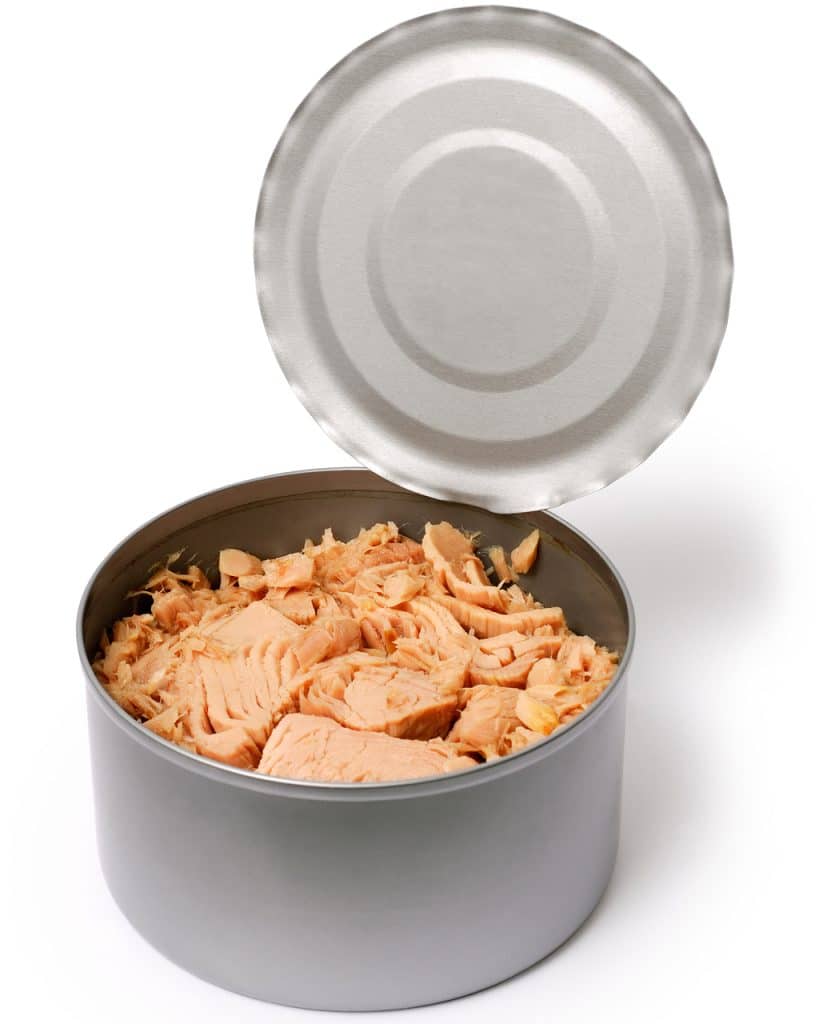
Alex-Staroseltsev/Bigstock
9. Tuna. Dogs can safely handle tuna in both raw and cooked forms, but should be given tuna in very small amounts and the portions based off your dog’s body weight as tuna has high levels of mercury. Make sure all the bones are removed from the tuna beforehand and that the fish isn’t spiced. If you’re going to treat your dog with canned tuna, make sure the tuna is packed in water and not oil as the oil adds extra unneccesary calories.
Next time you make a tuna sandwich, save a little for your dog, add the water (not oil) to his regular meal, or add the tuna juice to your next batch of dog cookies and make tuna snaps.

Alisa-Chikov/Bigstock
10. Barley grass. Barley grass is high in antioxidants and can be a great supplement for dogs when lawns are covered by snow and your dog can’t chew on the grass they normally would. Having barley grass in a dog’s diet can act as a natural laxative and aid in digestion. As anything else, provide in moderation for your dog to reap the benefits.
Barley grass is marketed as “cat grass” in many pet stores.
Want to read more? Click here for more “people” food for dogs.
Join the newsletter and never miss out on dog content again!
"*" indicates required fields
By clicking the arrow, you agree to our web Terms of Use and Privacy & Cookie Policy. Easy unsubscribe links are provided in every email.
